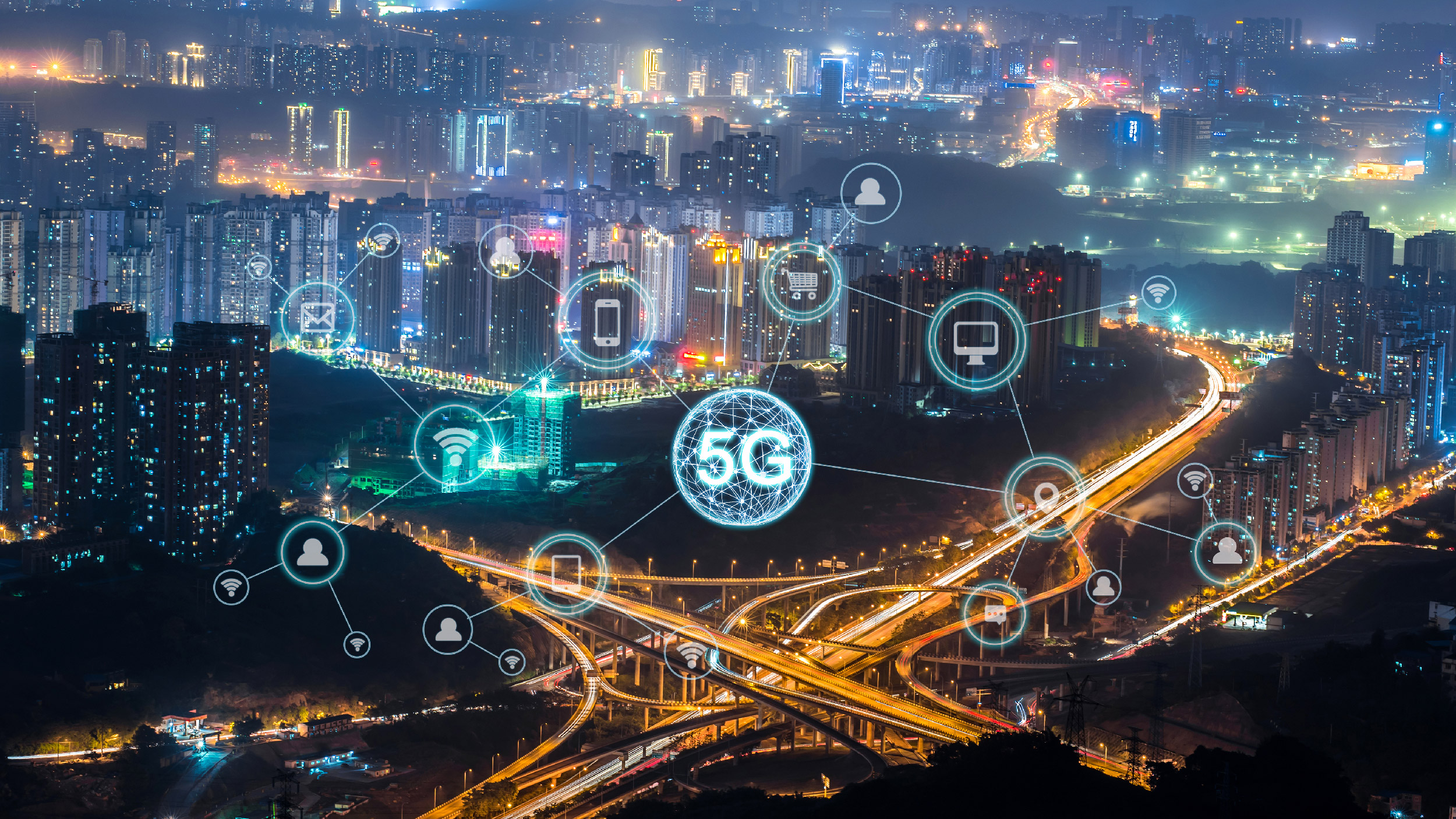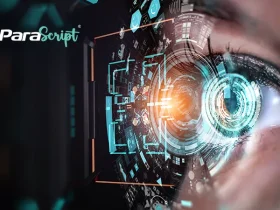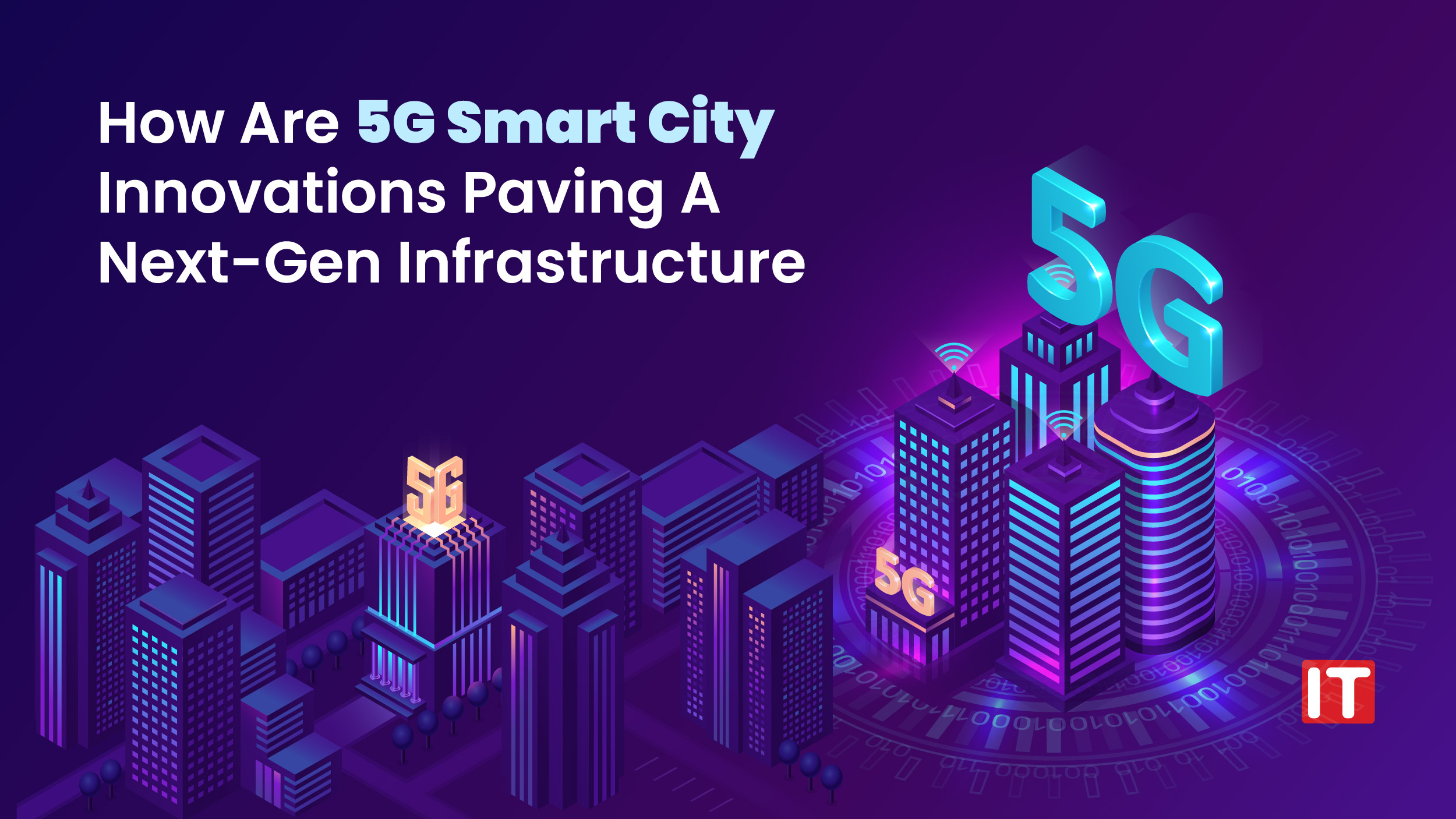With data rates up to 20 gigabits per second (Gbps) and latency as low as one millisecond (ms), 5G networks are here to change a range of industries, from healthcare to manufacturing.
The increased capacity and speed of 5G networks will make a range of unique use cases possible that were not practical with earlier network generations, such as augmented and virtual reality, driverless vehicles, and smart cities. The global rollout of 5G technology has already started in many countries, and it is anticipated to surpass all current mobile network technologies in the next years.
In comparison to 5G, which can link 1 million devices per square kilometer (km2), 4G can connect an average of 2,000 devices per km2. The enhanced performance and efficiency of 5G can strengthen the connectivity and user experiences essential to the concept of a smart city. Also, it enables improved end-to-end security, which is essential for safeguarding citizen data and privacy as well as city operations and infrastructure against cyberattacks.
5G Smart City Collaboration: A Next-Level Innovation
Digital investments are predicted to be one of the government’s top priorities over the next three years, with 70% of respondents to Deloitte’s Future of Global Infrastructure report, a survey of more than 600 public officials and infrastructure executives worldwide, anticipating a shift toward investing in digital infrastructure. This demonstrates the movement toward intelligent cities.
 But, transforming a city into a smart city may be a huge undertaking, and success will depend on having the proper 5G infrastructure in place. Having said that, the 5G strategy should be developed in conjunction with the design of smart cities rather than in a vacuum.
But, transforming a city into a smart city may be a huge undertaking, and success will depend on having the proper 5G infrastructure in place. Having said that, the 5G strategy should be developed in conjunction with the design of smart cities rather than in a vacuum.
Smart Mobility
Passengers may have a better overall experience thanks to 5G technology, and stakeholders may have more lucrative engagement opportunities. Better passenger information, more effective passenger flow across the terminal, and improvements in security procedures and screening are just a few of the enhancements that 5G can provide.
The traffic and parking systems in smart cities can undergo a significant transformation thanks to the speed and data flexibility of 5G. Intelligent parking technologies can ease traffic congestion by effectively directing drivers to open spots.
The next phase of highway mobility can be enabled by connected corridors created by 5G-enabled smart roads. 5G and intelligent edge computing can promote safer interactions and shorten travel times in mixed-speed situations with a blend of autonomous, connected, and traditional cars.
Public Safety
In a 5G Smart City, low-latency video cameras in particular can provide information that helps first responders and public safety officials react more quickly. When an emergency is recognized in a 5G Smart City, a system can start a number of emergency response measures, such as a quicker deployment of first responders.
Sensor networks continuously track the condition or activity of a certain environment. Sensors powered by 5G can find anomalies, potential dangers, issues, and more. Automatically initiating a predetermined response, such as a machine’s emergency stop, in the event of the discovery of a serious fault, can help to increase safety.
In order to enforce prohibited zones at various points across a city and to analyze activities in order to foresee and manage possible trouble spots, Smart Cities can monitor video feeds.
Environmental and Structure Monitoring
The administration of equipment in buildings, such as lighting, ventilation, and HVAC systems, is referred to as building automation. Automation of these systems aids in lowering energy usage, improving occupant comfort, enhancing failure management, and speeding up the response time to emergency situations.
Using 5G, Smart Cities can manage garbage, recycle, monitor air quality, and ensure water purity more effectively. To effectively monitor and control the unstable circumstances of the electrical grid, new sensors and actuators are being used, necessitating real-time information transmission. The smart grid improves understanding of the grid as a set of systems and a power network. Increased insight enhances predictability and control.
Policies Encouraging 5G Smart Cities
For a nation or region to maintain its economic dominance and productivity in the twenty-first century, it is essential to have a policy framework that fully utilizes the revolutionary 5G Smart city opportunities in the automotive and transportation sectors.
Discussed below are some of the policies by various countries regarding 5G smart city infrastructure to propel innovation with caution across the globe.
US
A bipartisan infrastructure deal was passed by the US Congress (Infrastructure Investment and Jobs Act) (IDA). II-JA will combat the climate crisis, advance environmental justice, restore America’s roads, bridges, and railroads, increase access to clean drinking water, guarantee that every American has access to the internet, and invest in communities that have too often been left behind.
China
The Administrative Rules on the Usage of 5905-5925MHz for Direct Connected Communication on the Internet of Vehicles, published in 2018 by the Ministry of Industry and Information Technology of China, assigned the specialized spectrum for LTE-V2X direct communication. The National Development and Reform Commission (NDRC) and the Ministry of Industry and Information and Technology (MllT) jointly released the Intelligent Vehicles Innovation Development Strategy in 2020, advancing the implementation of intelligent systems and facilities relevant to smart cities.
Europe
The 5.9 GHz band’s safety-related ITS spectrum in the European Union has recently been increased from 30 to 40 MHz (as part of a total 80 MHz spectrum allocation for ITS applications). To ensure that enough spectrum is made available on a technology-neutral basis, Intel has collaborated with European authorities and other ITS stakeholders.
Case Study – 5G Smart City in Real-time
In the end, 5G smart cities shift the development of smart cities from the theoretical to the practical realm. They also open the door for the development and implementation of new applications, such as smart parking, crowd management, street lighting, emergency response, and monitoring of air quality, energy use, and traffic patterns.
 5GAA Trial in Turin, Italy
5GAA Trial in Turin, Italy
In late 2021, the City of Turin (Italy) staged a live trial of new pedestrian and motorist safety technology that enables 5G-Edge networks to notify users of potential road dangers in close to real-time. The City of Turin and the 5G Automobile Association (5GAA) are collaborating with Telecom Italia (TIM), Telefonica, BT/EE, Intel, and Capgemini for this unprecedented public-private partnership.
Lenovo and Cellnex Telecom Mobility Lab
Cellnex Mobility Lab was established by Cellnex Telecom, the largest wireless communications provider in Europe, to build new, sustainable, connected, and autonomous mobility solutions relating to 5G for vehicles, traffic management, and smart road infrastructure. Cellnex Mobility Lab is a digital renovation of Circuit Parcour Castelloli into a cutting-edge technological hub with headquarters in Castelloli, close to Barcelona, Spain.
A cutting-edge area for testing and developing new technologies and services expanding connection, especially in rural areas, is the Mobility Lab’s 5G-based solutions. Self-sufficient Green Edge installations are made possible by Lenovo, NearbyComputing, and Intel technology and are fueled by renewable energy produced on-site.
Conclusion
5G and IoT are both key components for transforming how cities connect and operate. With IoT’s unlimited potential and 5G’s incredibly fast speeds and low latency, these technologies unleash critical infrastructure for the future of connected communities.
Courtesy of the 5G Smart city rollout, the future of smart cities will be more intelligent than ever – providing endless opportunities to communities that harness the power of edge computing, data, and machine-to-machine technologies.

































